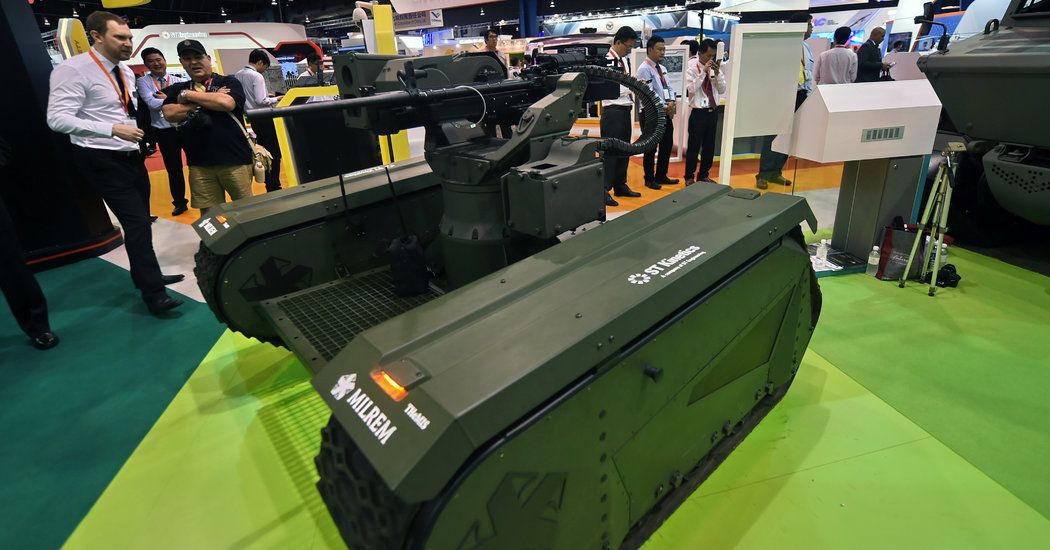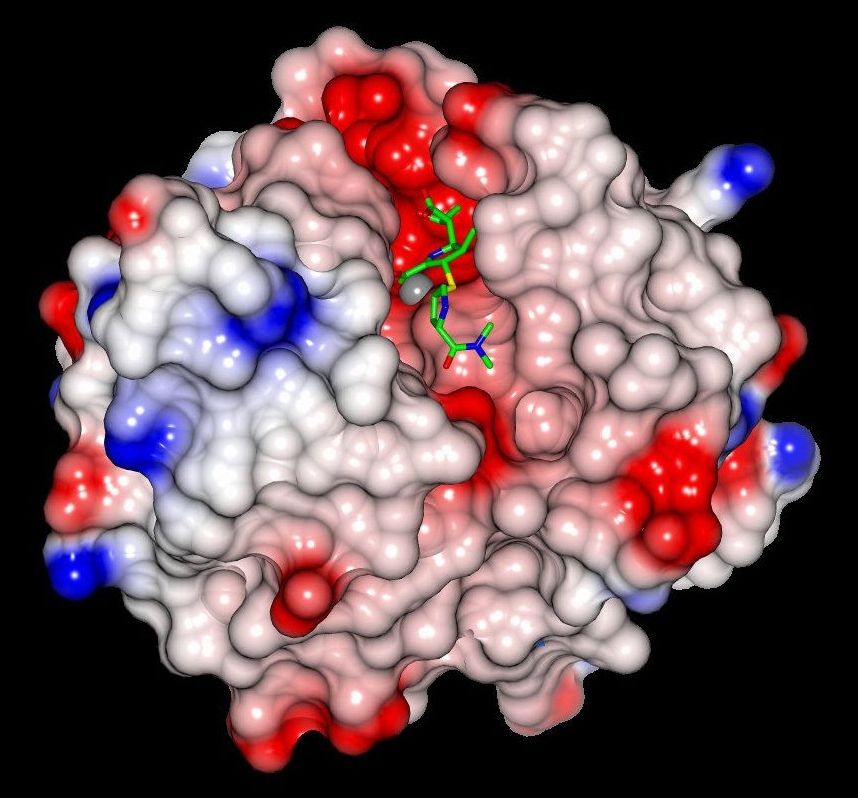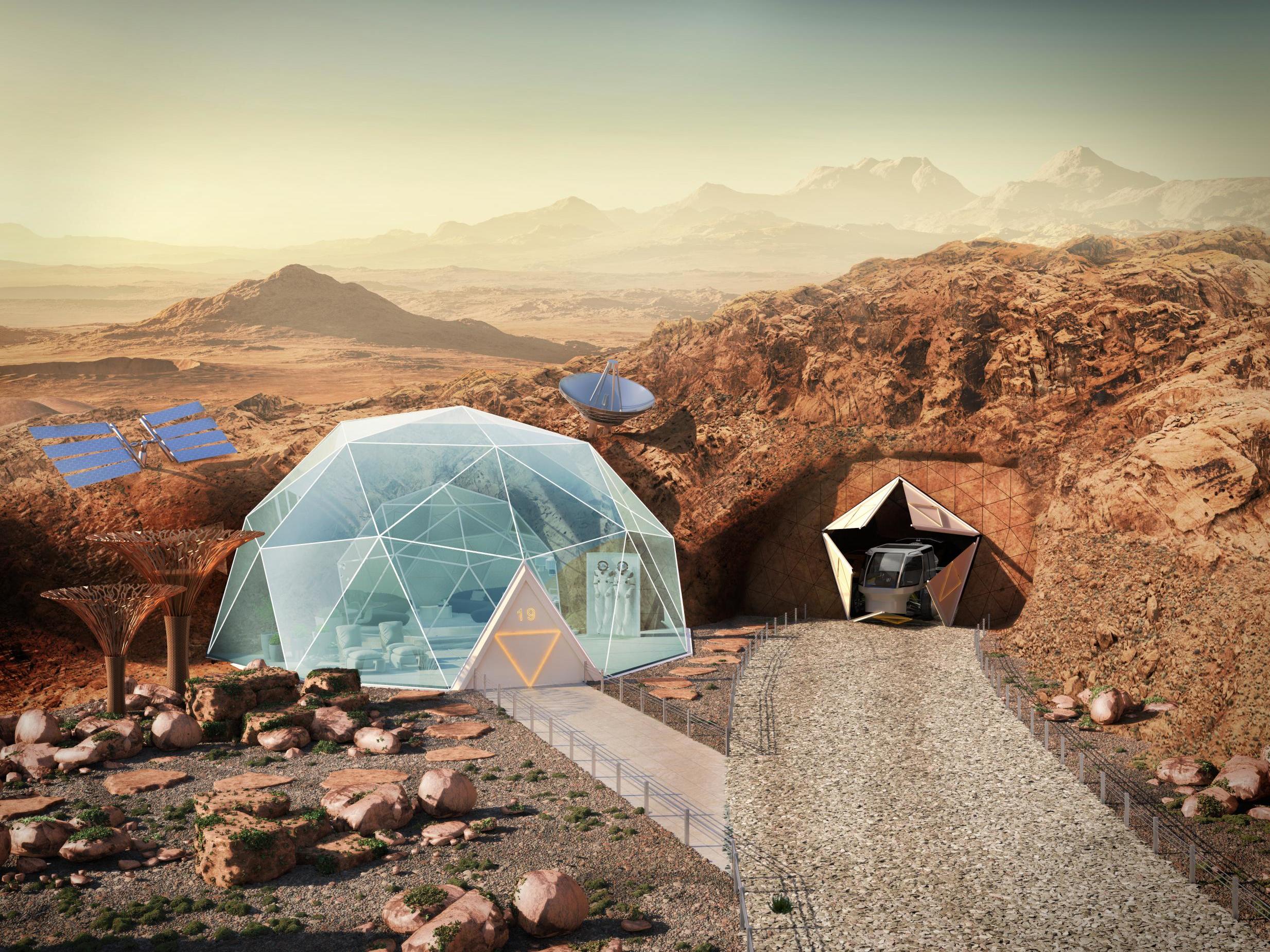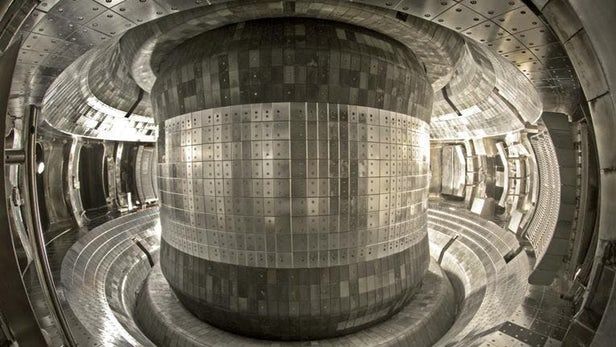Page 9371
Nov 15, 2018
How California Needs to Adapt to Survive Future Fires
Posted by Genevieve Klien in categories: climatology, sustainability
California is burning for very good reasons, like climate change and population growth. But it doesn’t have to be this way.
Nov 15, 2018
Scouting out bacterial defences to find new ways to counter-attack antibiotic resistance
Posted by Genevieve Klien in categories: biotech/medical, health
Research led by the University of Bristol has begun to unpick an important mechanism of antibiotic resistance and suggest approaches to block this resistance.
Antibiotic resistance is the ability of bacteria to defend against antibiotic attack, and the spread of these resistance mechanisms amongst bacteria is a global public health concern. A form of resistance caused by a family of bacterial proteins, the Verona Imipenemase (VIM) beta-lactamases, is of acute clinical concern because it can inactivate antibiotics (penicillins and related agents) that comprise over half of the global antibacterial market.
A team of researchers led by the University of Bristol have uncovered near-atomic level structural detail of VIM proteins. The research is published today [Thursday 15 November] in The FEBS Journal.
Nov 15, 2018
Reprogrammed Stem Cells Implanted into Patient with Parkinson’s Disease
Posted by Genevieve Klien in category: biotech/medical
A man in his 50s is the first of seven patients to receive the experimental therapy.
- By David Cyranoski, Nature magazine on November 15, 2018
Nov 15, 2018
How algae could sustainably reduce the carbon dioxide concentration in the atmosphere
Posted by Genevieve Klien in categories: climatology, sustainability
In collaboration with fellow researchers, chemists at the Technical University of Munich (TUM) have developed a process that, according to initial calculations, can facilitate economically removing the greenhouse gas carbon dioxide from the atmosphere. The latest World Climate Report (IPCC Special Report on Global Warming of 1.5 ° C) acknowledges the global relevance of the process.
Nov 15, 2018
Lost Continents Beneath Antarctica Unveiled in Dead Satellite’s Data
Posted by Genevieve Klien in category: energy
Ancient continents were found under Antarctic ice, thanks to old data from a now-dead European satellite.
New analysis of data from the Gravity Field and Steady-State Ocean Circulation Explorer (GOCE) mission has revealed rocky zones called “cratons” in the Earth’s lithosphere, a zone between our planet’s crust and mantle. GOCE plunged into Earth’s atmosphere five years ago this month after the craft ran out of orbital-maneuvering fuel. While scientists were unable to predict exactly where GOCE would fall, no debris dropped into populated areas.
Nov 15, 2018
China’s “Artificial Sun” Is Now Hot Enough for Nuclear Fusion
Posted by Genevieve Klien in categories: nuclear energy, space
Tokamaks like EAST could help us do just that. They’re devices that use magnetic fields to control plasma in a way that could support stable nuclear fusion, and it’s this plasma that EAST heated to such an incredible temperature.
Going Nuclear
Not only is EAST’s new plasma temperature milestone remarkable because, wow, it’s really hot, it’s also the minimum temperature scientists believe is needed to produce a self-sustaining nuclear fusion reaction on Earth.
Nov 15, 2018
Inventors of spinning wind turbine win James Dyson award
Posted by Genevieve Klien in category: sustainability
Nov 15, 2018
Experts visualise what life on Mars would be like for humans
Posted by Klaus Baldauf in categories: alien life, habitats
The team produced particulars for three distinct dwellings; an apartment aimed at young professionals, a family home and a luxury mansion.
Nov 15, 2018
Fusion breakthrough as China’s “artificial sun” reaches 100 million degrees
Posted by Genevieve Klien in categories: innovation, nuclear energy
The day of clean, limitless energy from nuclear fusion has taken another step closer thanks to China’s Experimental Advanced Superconducting Tokamak (EAST). During a four-month experiment, the “Chinese artificial sun” reached a core plasma temperature of over 100 million degrees Celsius – that’s more than six times hotter than the interior of the Sun – and a heating power of 10 MW, enabling the study of various aspects of practical nuclear fusion in the process.


















